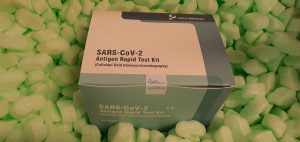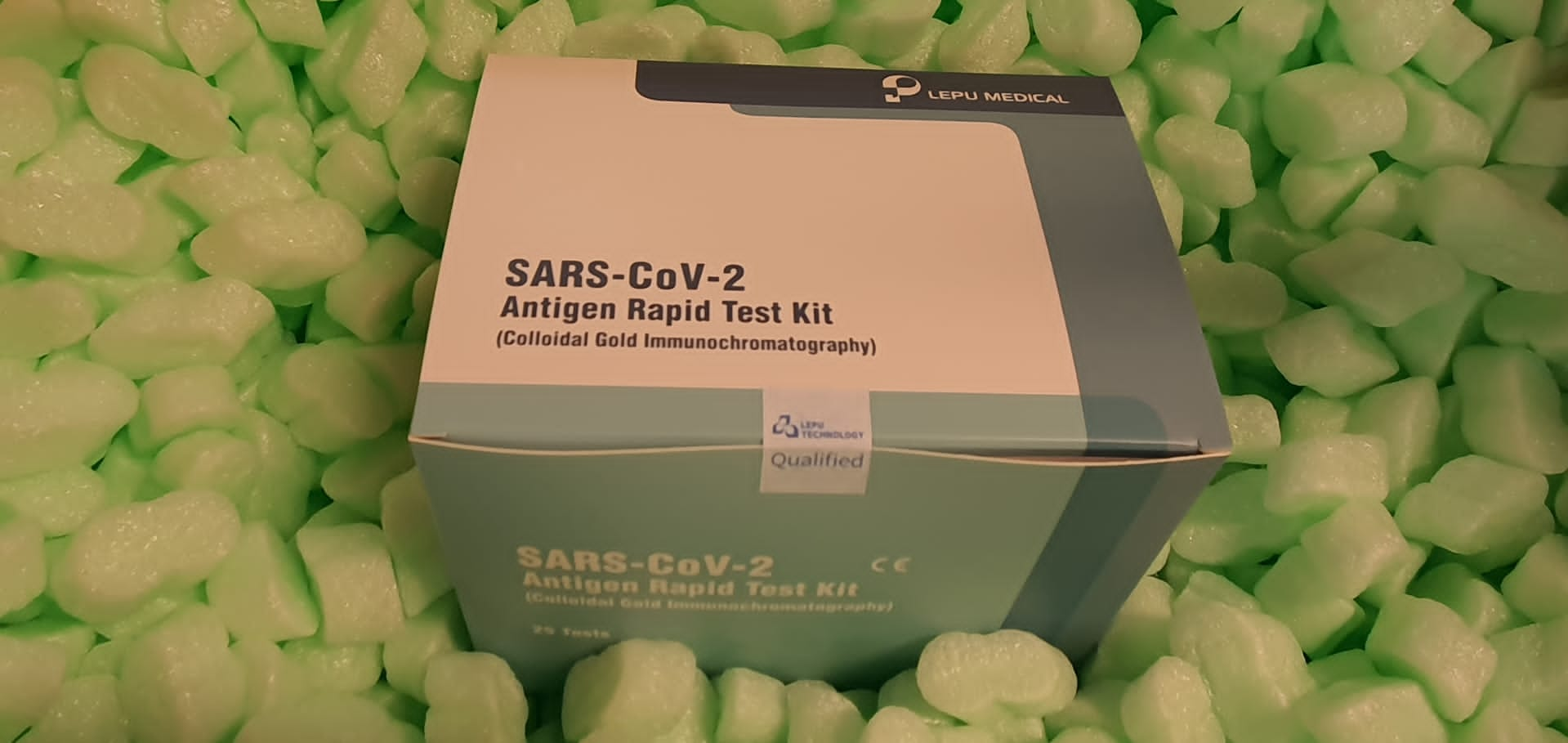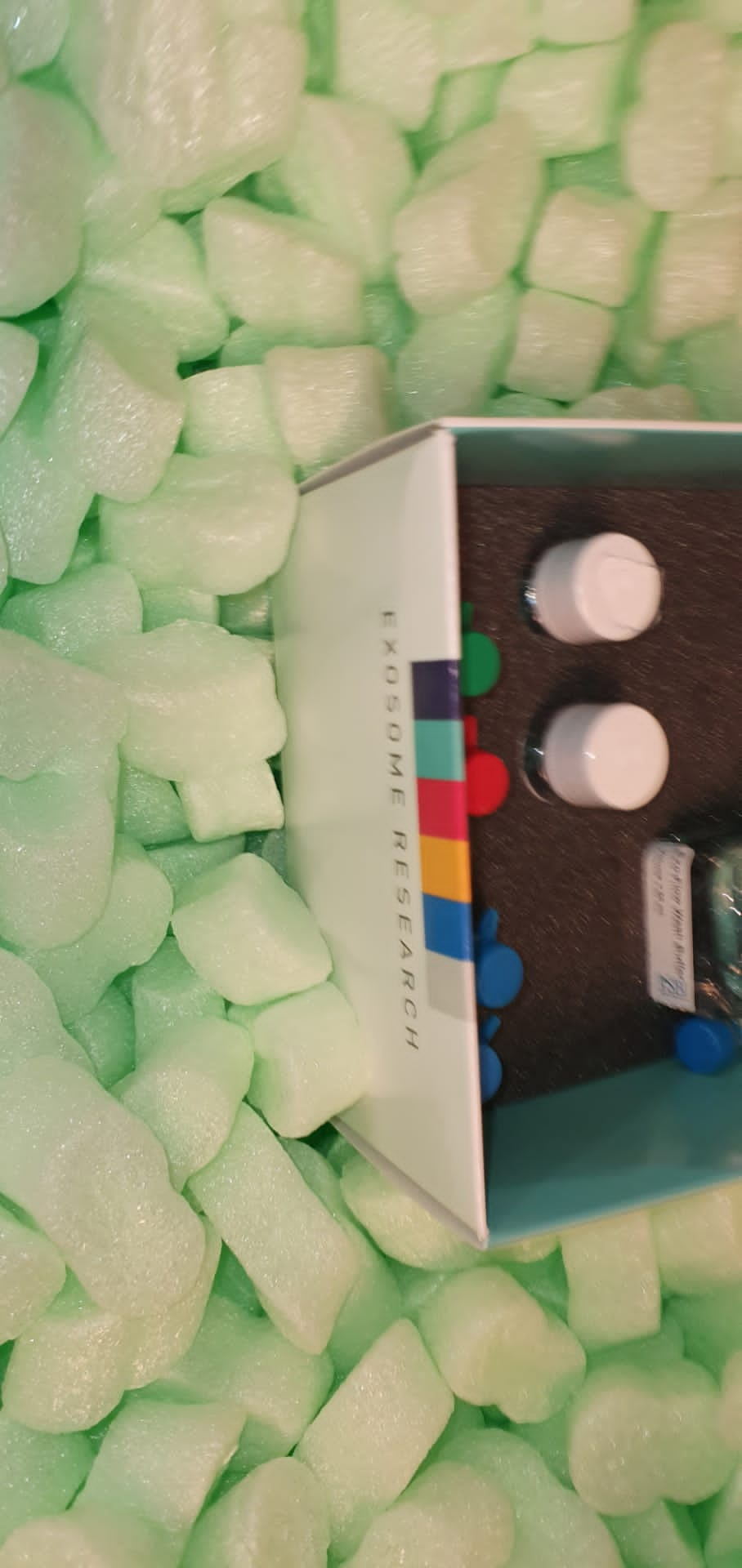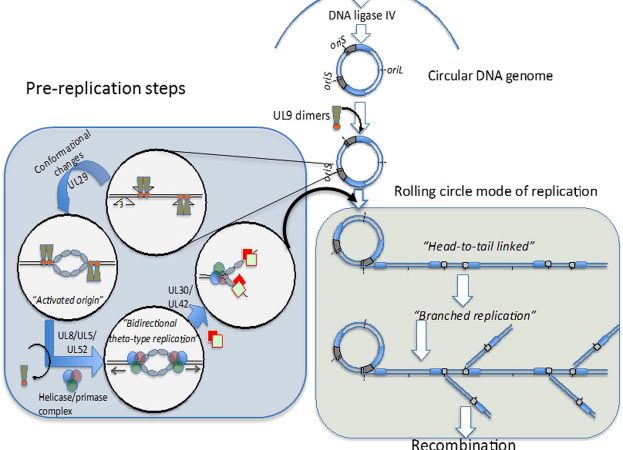Pancreatic most cancers (PaCa) is likely one of the most aggressive kinds of most cancers. Thus, the event of recent and more practical therapies is urgently required. Escin, a pentacyclic triterpenoid from the horse chestnut, has been reported to exhibit antitumor potential by decreasing cell proliferation and blocking the nuclear issue‑κB (NF‑κB) signaling pathway in a number of kinds of most cancers. Our earlier examine reported that NF‑κB enhanced the secretion of interleukin (IL)‑Eight and vascular endothelial development issue (VEGF), thereby inducing angiogenesis in PaCa cell strains.
Within the current examine, it was examined whether or not escin inhibited angiogenesis by blocking NF‑κB activation in PaCa. It was initially confirmed that escin, at concentrations >10 µM, considerably inhibited the proliferation of a number of PaCa cell strains. Subsequent, utilizing immunocytochemical staining, it was discovered that escin inhibited the nuclear translocation of NF‑κB. Moreover, ELISA confirmed that NF‑κB exercise within the escin‑handled PaCa cells was considerably inhibited and reverse transcription‑quantitative PCR confirmed that the mRNA expression ranges of tumor necrosis issue‑α‑induced IL‑8 and VEGF have been considerably suppressed following escin remedy within the PaCa cell strains.
ELISA additionally confirmed that escin decreased the secretion of IL‑Eight and VEGF from the PaCa cells. Moreover, tube formation in immortalized human endothelial cells was inhibited following incubation with the supernatants from escin‑handled PaCa cells. These outcomes indicated that escin inhibited angiogenesis by decreasing the secretion of IL‑Eight and VEGF by blocking NF‑κB exercise in PaCa. In conclusion, escin may very well be used as a novel molecular remedy for PaCa.
Interleukin-37 improves T-cell-mediated immunity and chimeric antigen receptor T-cell remedy in aged backgrounds
Getting older-associated declines in innate and adaptive immune responses are properly documented and pose a threat for the rising getting older inhabitants, which is predicted to comprise higher than 40 p.c of the world’s inhabitants by 2050. Efforts have been made to enhance immunity in aged populations; nevertheless, secure and efficient protocols to perform this purpose haven’t been universally established. Getting older-associated persistent irritation is postulated to compromise immunity in aged mice and people. Interleukin-37 (IL-37) is a potent anti-inflammatory cytokine, and we current information demonstrating that IL-37 gene expression ranges in human monocytes considerably decline with age.
Moreover, we reveal that transgenic expression of interleukin-37 (IL-37) in aged mice reduces or prevents aging-associated persistent irritation, splenomegaly, and accumulation of myeloid cells (macrophages and dendritic cells) within the bone marrow and spleen. Moreover, we present that IL-37 expression decreases the floor expression of programmed cell loss of life protein 1 (PD-1) and augments cytokine manufacturing from aged T-cells.
Improved T-cell operate coincided with a youthful restoration of Pdcd1, Lat, and Stat4 gene expression ranges in CD4+ T-cells and Lat in CD8+ T-cells when aged mice have been handled with recombinant IL-37 however not management immunoglobin. Interleukin-2 (IL-2)-inducible T cell kinase (ITK) regulates T cell activation, together with proliferation, and cytokine manufacturing. On this examine, we investigated the impact of the topically administered selective ITK inhibitor BMS-509744 on imiquimod (IMQ)-induced psoriasis-like pores and skin irritation in mice.
Importantly, IL-37-mediated rejuvenation of aged endogenous T-cells was additionally noticed in aged chimeric antigen receptor T-cells, the place improved operate considerably prolonged the survival of mice transplanted with leukemia cells. Collectively, these information reveal the efficiency of IL-37 in boosting the operate of aged T-cells and spotlight its therapeutic potential to beat aging-associated immunosenescence. Psoriasis is an immune disorder-related inflammatory pores and skin illness. Current research have recommended a contribution of T cell activation within the pathogenesis of psoriasis.








